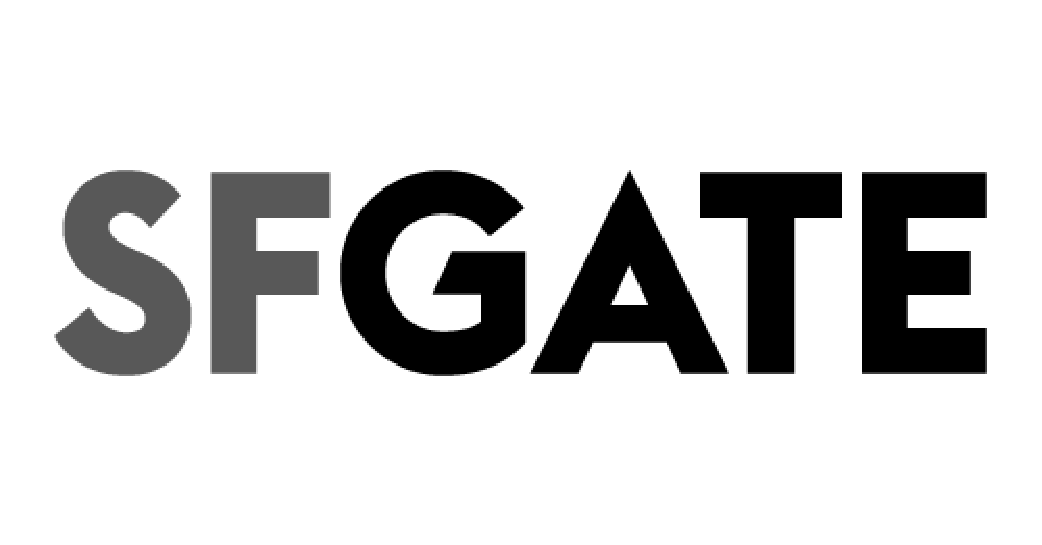FREE CONSULTATIONS:
415.925.5161

Study Finds AI Resume Screening Disadvantages Black and Female Applicants
Artificial intelligence has quickly become a regular feature of the hiring process. Many job seekers today interact with AI without realizing it, whether through resume-screening tools, automated video interviews or algorithms that help employers identify candidates. Companies often turn to these systems because they save time and money. In fact, nearly every Fortune 500 company now uses some form of AI in recruiting, and use among smaller employers is rising.
However, as AI plays a bigger role in employment decisions, it raises questions about fairness and bias. A recent study by the Brookings Institution simulating resume screenings with large language models (LLMs) showed clear patterns of discrimination, especially against Black men. The results show how automated tools can disadvantage applicants based on their gender, race or a combination of both. For California workers, these findings matter because anti-discrimination laws apply to hiring regardless of whether decisions are made by a person or a machine.
What the Study Found
Researchers tested more than 550 unique resumes against hundreds of job descriptions using three LLMs designed to rank applicants. They attached names associated with different genders and races to the resumes, then analyzed which ones the models selected most often.
The results showed significant race and gender discrimination. In over 60 percent of the tests, men’s names were favored over women’s. Racial disparities were even starker. Resumes with white-associated names were selected in more than 85 percent of cases, while Black-associated names were chosen less than 9 percent of the time.
When researchers looked at gender and race together, the disparities grew. Resumes with names linked to Black men were almost never chosen when compared to those with white men’s names.
Why Bias Happens in AI Systems
AI systems often learn from past hiring decisions. If those decisions were biased, the AI can repeat the same patterns. Even when obvious signs of gender or race are removed, the system can still pick up clues from names, schools or word choices in resumes.
For example, Amazon stopped using a recruiting tool in 2018 after finding it unfairly penalized applicants from women’s colleges. This shows how hard it can be to fully remove bias from automated hiring systems.
What California Law Says About Discrimination
Employers remain responsible for ensuring that any hiring tool they use, whether human or automated, complies with anti-discrimination laws. California has some of the strongest workplace protections in the country. Under the Fair Employment and Housing Act (FEHA), it is illegal for employers to discriminate against applicants or employees based on race, gender, age, disability, sexual orientation or other protected categories.
Importantly, California became the first state in 2024 to explicitly recognize intersectionality in its anti-discrimination laws. Intersectionality recognizes that discrimination can occur because of overlapping aspects of identity, such as being both Black and male, rather than a single factor alone. This means workers no longer have to prove they were treated unfairly based only on one characteristic, such as race or gender, but can show how multiple aspects of their identity combined to create discrimination.
What This Means for Job Seekers in California
If you are applying for jobs in California and suspect you have been rejected because of bias, you still have legal rights. FEHA protects against discrimination at every stage of employment, including hiring. The fact that a decision was made by AI does not excuse an employer from responsibility. Keeping a record of your applications, saving communications and noting when AI tools were used can help if you decide to take legal action.
The study on AI hiring bias shows that technology does not automatically mean fairness. Without careful design, testing and regulation, it can deepen the inequalities it was meant to solve and result in widespread discrimination. As a result, laws must keep evolving as workplaces adopt more automated tools.
Increased transparency can help protect job seekers from discrimination. Making applicants aware that AI tools are being used during the hiring process gives them the ability to challenge negative decisions generated by automated systems. The researchers also suggested that employers who use AI systems in hiring should monitor and audit the models’ performance.
Contact a San Francisco Employment Lawyer
If you believe you have faced discrimination during the hiring process, you don’t have to handle the situation on your own. McCormack Law Firm helps San Francisco workers protect their rights and hold employers accountable. Contact us today for a free and confidential consultation to discuss your case.
Disclaimer: This article is for information purposes only. McCormack Law Firm is not involved in this study.
Read more
Tech Industry Still Struggles with Widespread Discrimination, Says EEOC Report
Technological innovation, together with talent acquisition and progress, remains the dominant image of the tech industry. Although organizations have made continuous promises to enhance diversity and equality, they continue to experience challenges…
Google Discriminated Against Employees on Parental Leave In Recent Lawsuit
Today’s contemporary workplace allows employees to depend on parental leave policies to manage their careers and family responsibilities. These workplace protections serve a crucial function because they prevent employees from suffering negative…
Treatment Center Disability Discrimination Case Highlights Workers’ Rights to Request Reasonable Accommodations
Workplace disability discrimination represents more than a violation of labor regulations. The absence of equality creates an obstacle that prevents employees from doing their job duties and returning to work. For disabled…
The Reality of Age Discrimination in the Workplace: Insights from a New Study
Many employees over the age of forty may feel that their age becomes an obstacle at their workplace. Age discrimination in employment exists more frequently than it should, and it manifests in…
SEEN ON









